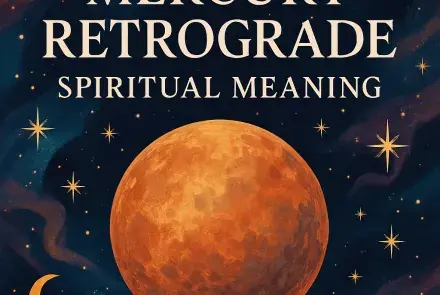What is Dream Interpretation?
Have you ever woken up from a dream that felt so real you couldn’t shake it all day? Maybe you were flying high above the clouds, only to wake up wishing you could drift back into that freedom. Or maybe your teeth started falling out in slow motion, leaving you rattled and searching for answers. Dreams stay with us because they feel personal. They speak a secret language that connects directly to our emotions, fears, and desires.
Many of our clients tell us their dreams are like little mysteries—part puzzle, part message from the universe. Some dreams are silly or even bizarre, but others feel like they’re tugging on your soul, urging you to pay attention. The truth is, dreams are rarely “just random.” They’re often reflections of your subconscious and sometimes even spiritual nudges to guide your waking life.
The Language of Dreams: Symbols with Hidden Meanings
Dreams don’t usually spell things out directly. Instead, they send us symbols. Think of them like postcards from your inner self. What may look strange at first glance often carries deeper meaning when you step back and reflect.
- Falling: Feeling like life is out of control or slipping away from you.
- Flying: A craving for freedom, ambition, or release from pressure.
- Teeth falling out: Worry about aging, beauty, or losing personal power.
- Being chased: Avoiding something in your life that needs attention.
- Water: Your emotions; peaceful water reflects calm, while waves mirror inner turmoil.
If you’ve ever dreamed of an animal, you know how powerful those images can be. A dog might show up when you’re seeking loyalty or comfort, while a cat could remind you to trust your intuition. Snakes often appear during times of change, while birds bring messages of freedom and perspective. And if you’ve ever dreamed of a bear, you may be being called to stand strong and protect your personal space.
Want to go deeper? Explore our guide on the spiritual meaning of animals in dreams.
How to Start Understanding Your Own Dreams
You don’t need to be a professional dream analyst to uncover meaning in your dreams. A few simple practices can help you tune in:
- Keep a journal: Write down dreams as soon as you wake up. Even a few notes can help you see patterns over time. (Here’s why journaling is so powerful.)
- Notice your emotions: Were you scared, excited, peaceful? Often, the feelings are the biggest clues.
- Look for recurring themes: Do you dream about the same person, place, or situation again and again?
- Trust your associations: Your meaning may not match a dream dictionary—and that’s okay. Your subconscious speaks in your personal language.
- See connections with daily life: Dreams often highlight things you’re not giving enough attention to while awake.
Dreams as Spiritual Messages
Sometimes, a dream is more than just your brain sorting through daily stress. Many people experience visitation dreams, where loved ones who’ve passed appear healthy, happy, and whole. Others notice precognitive dreams—dreams that seem to predict future events. These experiences are both emotional and validating, leaving you with a sense of peace or clarity that lingers long after waking.
The key is to listen. When you honor your dreams as messages rather than dismiss them as “just dreams,” you open yourself up to greater intuition and connection.
Ready to Explore Your Dream World?
Your dreams are personal, emotional, and deeply symbolic. They’re windows into your subconscious and, sometimes, whispers from the spiritual realm. If you’ve been waking up wondering, “What did that mean?”, you don’t have to figure it out alone.
Our compassionate psychic readers specialize in dream interpretation and can help you uncover the hidden messages in your dreams. Connect with The Psychic Line today or call 1-800-966-2294 to let your dreams guide you toward greater clarity and self-understanding.
Want to go deeper? Continue reading: The Basics of Dream Interpretation.
- Log in to post comments






